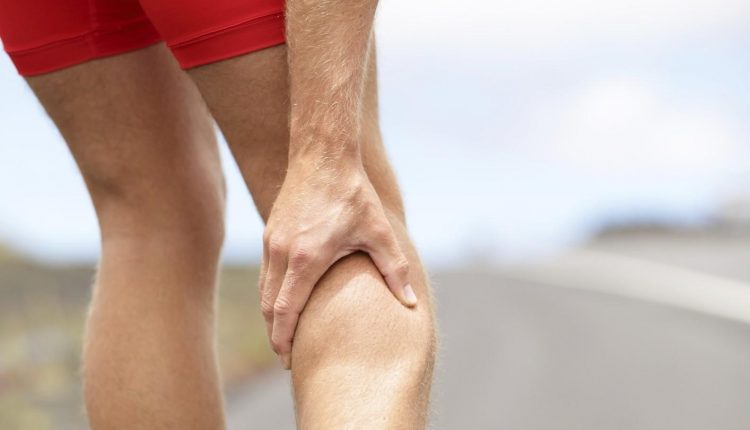
Calf cramps: could be peripheral obstructive arteriopathy
Let’s talk about peripheral obstructive arteriopathy: all organs and tissues in our body need blood to survive
If they do not receive it properly, they suffer a condition called ‘ischaemia’, which leads to the death of their cells.
Oxygen-rich blood is pumped from the heart into the aorta, the largest artery in our body, which in turn divides like the branches of a tree into smaller and smaller arteries, which then travel via a dense network of capillaries to each individual cell.
Oxygen and nutrients are released to this.
Circulation is a continuous system, fundamental to our health and well-being.
In some cases, however, it can ‘jam’, such as with peripheral obstructive arteriopathy, a condition that can be particularly dangerous and disabling.
What is peripheral obstructive arteriopathy?
Chronic Obstructive Peripheral Arteriopathy (AOCP), is a disease caused by the deposition of atherosclerotic plaques in the arteries of the lower limbs.
These plaques, just like limescale that is deposited on the walls of a pipe, make it difficult for blood to pass through the blood vessel (in this case we speak of ‘stenosis’).
If the situation worsens, the artery can even become completely occluded.
So when the passage of blood is reduced, there is no longer enough oxygen reaching the tissues.
The first to be affected are the muscles in motion, such as during walking.
This is why the early stage of this condition is called ‘window disease’; precisely because the patient after a short walk presents cramp-like pain in the calf or thigh muscles and is forced to stop for a few minutes before resuming walking.
When the situation worsens, the blood supply is not sufficient even in resting conditions, and this can lead to very serious consequences such as night pain and gangrene of the limb.
Peripheral obstructive arteriopathy: what tests to do for diagnosis?
The first fundamental point in the diagnosis of peripheral obstructive arteriopathy is to listen to the patient carefully, focusing on the symptoms reported.
These in fact are extremely characteristic and, if combined with a vascular surgery examination in which the specialist can manually feel the pulsation of the arteries in the legs, will allow an initial clinical orientation to be given.
A fundamental diagnostic examination is then the EcoColorDoppler, a non-invasive, painless examination that is performed in an outpatient setting.
With this method, the Specialist can not only visualise the arteries ultrasoundically but, by combining it with the Doppler study, assess how the blood flows through them, measuring its speed and any alterations in flow.
In this way, one has a precise idea of where any obstructions are located and their actual extent, and by correlating the results with the symptoms, the physician can assess whether and in what way it is necessary to intervene.
How is peripheral obstructive arteriopathy treated?
The first thing to do is to improve one’s lifestyle, so as to counteract the risk factors, which are mainly smoking and hypercholesterolaemia.
Fundamental is physical activity; it is enough to take long daily walks for the small peripheral arteries, close to those that may be obstructed, to develop.
These constitute ‘natural by-passes’ that allow improvement without the need for surgery.
When controlling risk factors is not enough, it is necessary to ensure that blood flows to the tissues as it should.
This can be done in a number of ways, first with appropriate drugs to reduce blood cholesterol levels and decrease the risk of vascular thrombus formation.
If this is not enough, the passage of blood can be improved through endovascular interventions (i.e. without surgical cutting) using balloons that dilate the artery from the inside, associated or not with the placement of vascular stents.
In other cases, it will be necessary to intervene surgically either by manually clearing the artery of plaque or by having the blood ‘bypass’ the area of occlusion through a new conduit (‘by-pass’) to reach the peripheral tissues.
Read Also:
Emergency Live Even More…Live: Download The New Free App Of Your Newspaper For IOS And Android
Chronic Venous Insufficiency: Symptoms, Treatment And Prevention
O.Therapy: What It Is, How It Works And For Which Diseases It Is Indicated
Oxygen-Ozone Therapy In The Treatment Of Fibromyalgia
When The Patient Complains Of Pain In The Right Or Left Hip: Here Are The Related Pathologies
Why Do Muscle Fasciculations Occur?
Benign And Cramping Fasciculations Syndrome: Causes, Symptoms, Treatment



